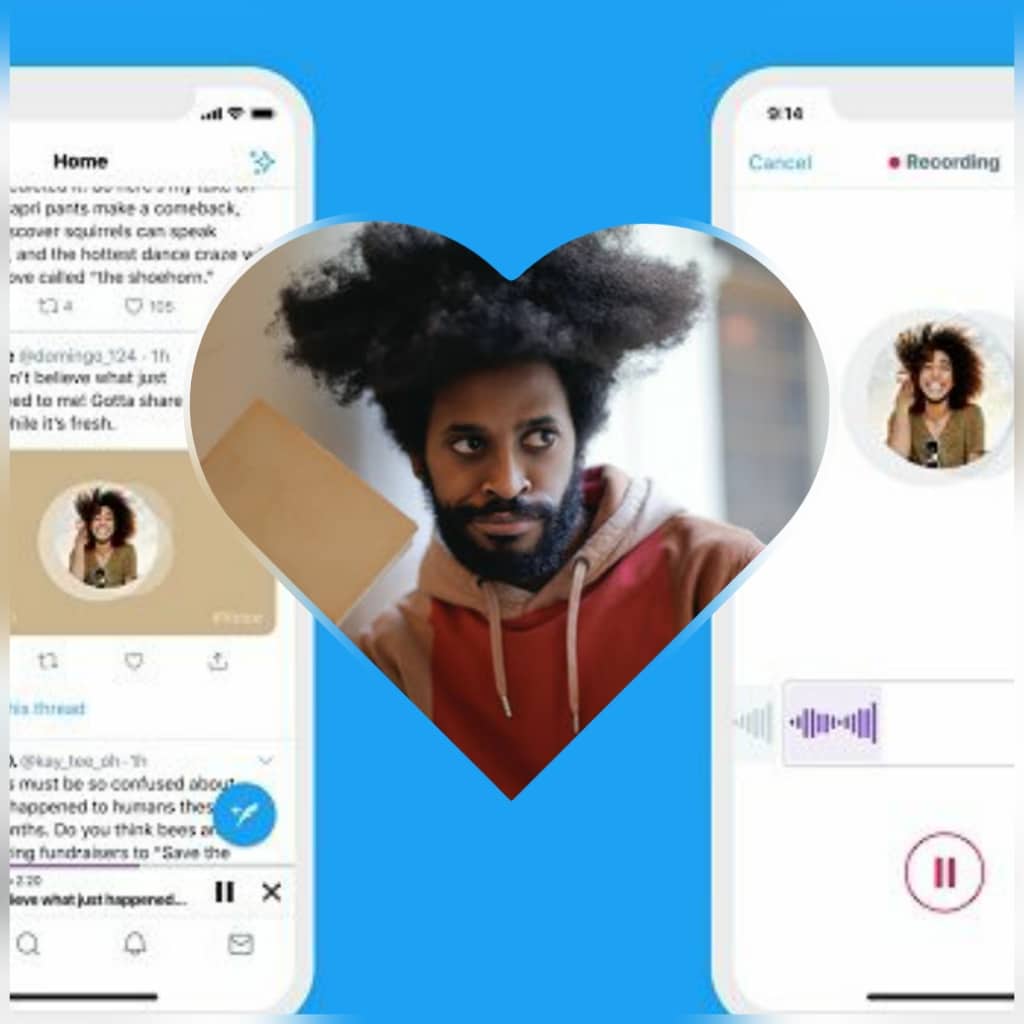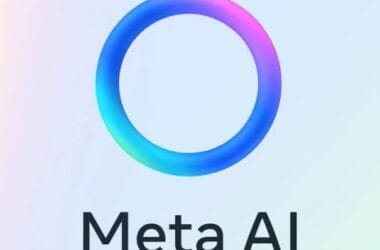Twitter in June, added a new feature that allows users, albeit iOS users, to record their own voice and tweet it. The feature which is designed to “add a more human touch to the way people use Twitter”, was met with witty remarks and concerns about ‘a new wave of Twitter’ within the first week of launch, .
Although the feature is in testing, the excitement with which it was received, now appears to have been short-lived. As the idea of some conversational nuances being lost in translation with the 280-character limitation – hence the inclusion of this feature – appears to be lost in the timelines.
TechCity conducted a poll to find out why:

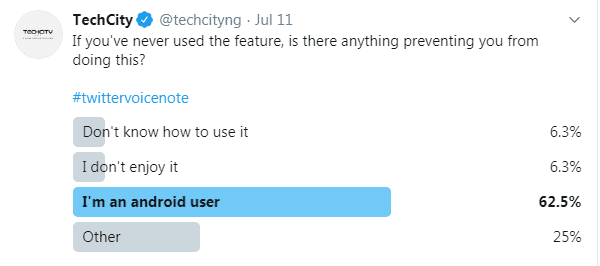
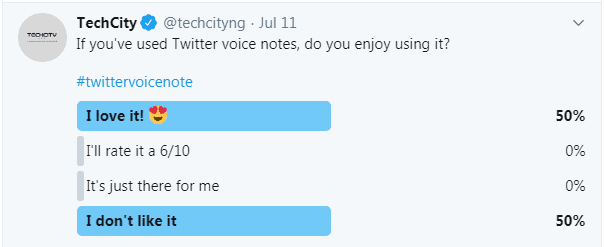

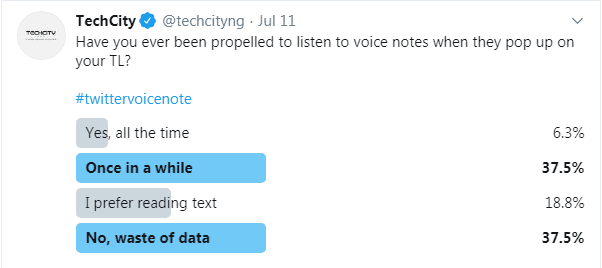
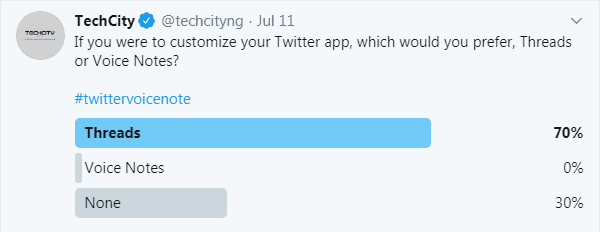
The polls reveal:
- 94.7% of respondents in Poll 1 have never used the voice note feature which is majorly because they are android users and therefore cannot access the feature.
- [some] iOs users who can access the feature are evenly divided on how much they enjoy using the feature.
- It can also be deduced from these two results, what may be responsible for the infrequent voice notes on the timeline for 66.7% of respondents and a near quarter in Poll 4 who have never come across any on their timelines.
Other factors that may be responsible:
1. Nature of Twitter
The strength and popularity of Twitter is believed to come from its ability to enable instant informal communication.
This excerpt on Why Twitter Is One Of The Most Powerful Communications Tools Available, best describes it:
“It’s the place where millions of conversations are happening every second of the day…where ideas are being read by many, many other people with the same interests, or who work in the same field. It’s a place where ideas can get their first airing, and where advice is willingly offered, and where endorsements are freely given, and where partnerships are made, and where new projects are launched”.
With this much occurring on the app, accessing even a half of this much information via voice notes may be cumbersome, especially with the restriction for users to determine what they consider useful or not.
As indicated in results of Poll 5, 18.8% of respondents prefer reading text while 37.5% of them are split right in the middle on the decision to: occasionally listen to these voice notes or not find them useful with regards to data consumption.
2. The adaptive tone of Twitter
“In 1964, scholar Marshall McLuhan wrote the five most important words ever to emerge from the field of media theory: “The medium is the message”.
It’s interesting to note that Twitter is not entirely toneless, irrespective of an actual voice note feature. In fact, an adaptive tone exists in a near distant utopia where formality meets informality. For instance, first-time users of the app may be taken aback by the audacity by users and [sometimes dubbed] abrasive messaging, that it would take staying on there a little longer to get the drift of this tone.
The tone of twitter involves a learned mode of delivery which in turn fuels its signature forms of entertainment and wittiness that users relish. As users now learn to interpret messages in perceived tones and mannerisms with just enough room for nuances. Such that listening to a message in the form of an actual person’s voice, may detract from the toneless but decodable experience.
To express this in colloquial Twitter lingo, “Reading text on Twitter just hits differently”.
Another hindrance of the voice note feature may also lie with the fact that it leaves little room for the subjective deduction of your message since the tone can more easily be registered.
3. The fear of voice scrutiny/lack of confidence therein
To piggy-back off the adaptive tone of Twitter, messages read on Twitter are other times influenced by preconceptions about certain Twitter personas, and since the roll out the feature, there have been a few cases of voice notes picked on by listeners as a result of an accent, affectation or sometimes, vocal texture. In such cases, the feature may do a disservice to these online personas, thereby taking away their “reserved Twitter powers” to mask behind their keypads on the ‘text-fashioned’ app.
4. It’s still a new feature
The low patronage of the voice note feature may also be a case of users that haven’t gotten the hang of it, as it is sometimes the case with newly introduced app features or changes.
A recent example would be the initial skepticism surrounding the introduction of Instagram’s long-form video, IGTV, that has now been well adjusted to by users and content creators.
<voice> Actor, Olalekan Olaleye (@lekan_kingkong), who recently topped the Twitter trend list for lending his voice to a Yoruba version of @JohnBoyega‘s comical tribute to “Barbers all over the world” during quarantine, is observed to embrace the newly introduced feature as he deploys Twitter voice tweets to football banter.
It is important to note that the voice note feature was quickly panned by civil rights advocates and people with disabilities for not including any accessibility features such as closed captions. In addressing the issues relating to lack of accessibility and inclusiveness in the voice note, Twitter’s Head of Design and Research promised to work on all feedback provided to include an accompanying transcript.
Perhaps, this article should make the feedback list.


